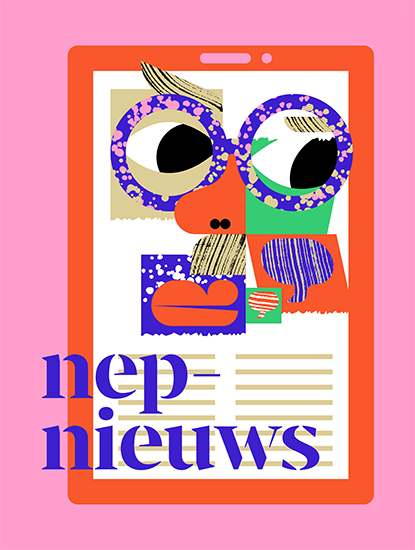How does news personalisation work?
News personalisation originated on social media. The algorithms behind social media are made to keep the user’s interest for as long as possible. That’s why they automatically show people content (and therefore also news) that corresponds to their preferences, previous searches, likes and shares.
Because the algorithm is good at this, many people today use social media as a source for news: 54% of youngsters use it daily for this purpose. In order to avoid losing users, many news websites and apps also jumped on the news personalisation bandwagon. They offer users the option to choose what kinds of news they do and don’t want to read, or their algorithm decides for them.
Pros and cons of news personalisation
News personalisation has a few benefits, both for users and for media:
- News becomes a personalised experience. The huge amount of news on offer today can be overwhelming. By only seeing news that matches your interests, you can choose what you want to be informed of (consciously or unconsciously).
- News personalisation increases revenue for news media. According to publisher Mediahuis, news personalisation in newsletters allows them to promote more articles and to get more revenue from advertisement. It also makes people click through to other articles more easily.
But there is also a major downside. News personalisation makes the news you get to see much more one-sided, and you risk becoming ill-informed. People might land in a filter bubble, where they only see news that reconfirms their own convictions. On social media, that can include a lot of fake news. The result is a narrower world view, which can lead to polarisation.
How to avoid the filter bubble?
News media in Flanders are also experimenting with news personalisation. For example, the HLN app lets users choose which types of news they want to receive push notifications about. De Morgen and the Dutch company Mediahuis both send out personalised newsletters: the choice is once again in the hands of the users, who can decide how often and on which topics they want to receive news. Unfortunately, this exacerbates the filter bubble problem.
VRT NWS used a different approach to avoid this issue. The company launched the experimental app VRT MyNWS, based on the current news app. On MyNWS, the algorithm tries to predict which content will interest the users, but it adds a random selection of other articles to the mix. This personalises the news offering for users without narrowing their world view.
